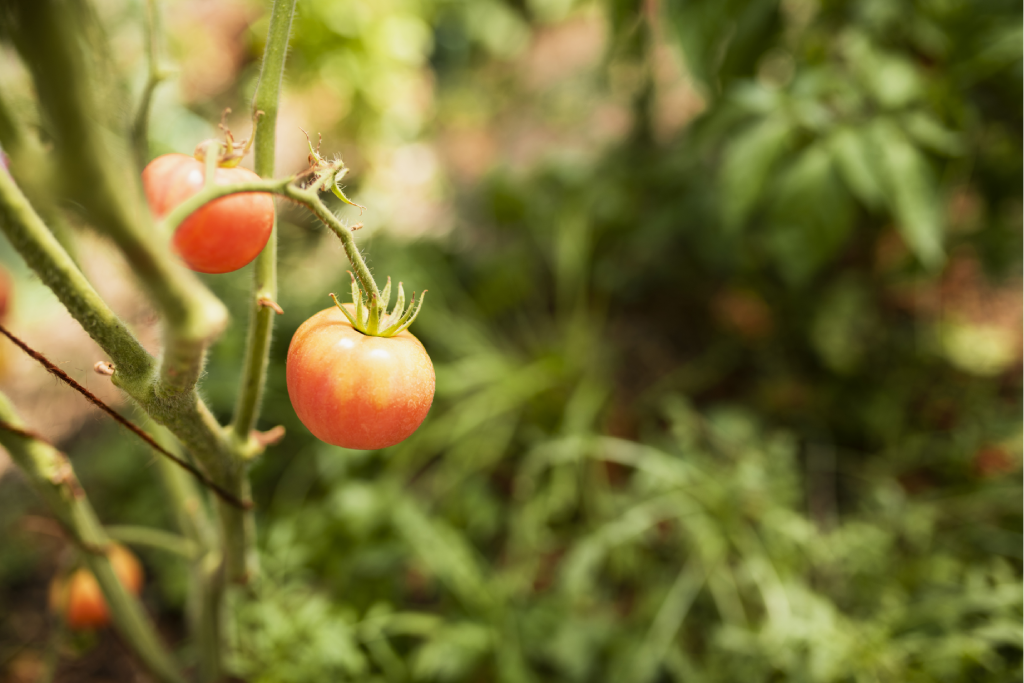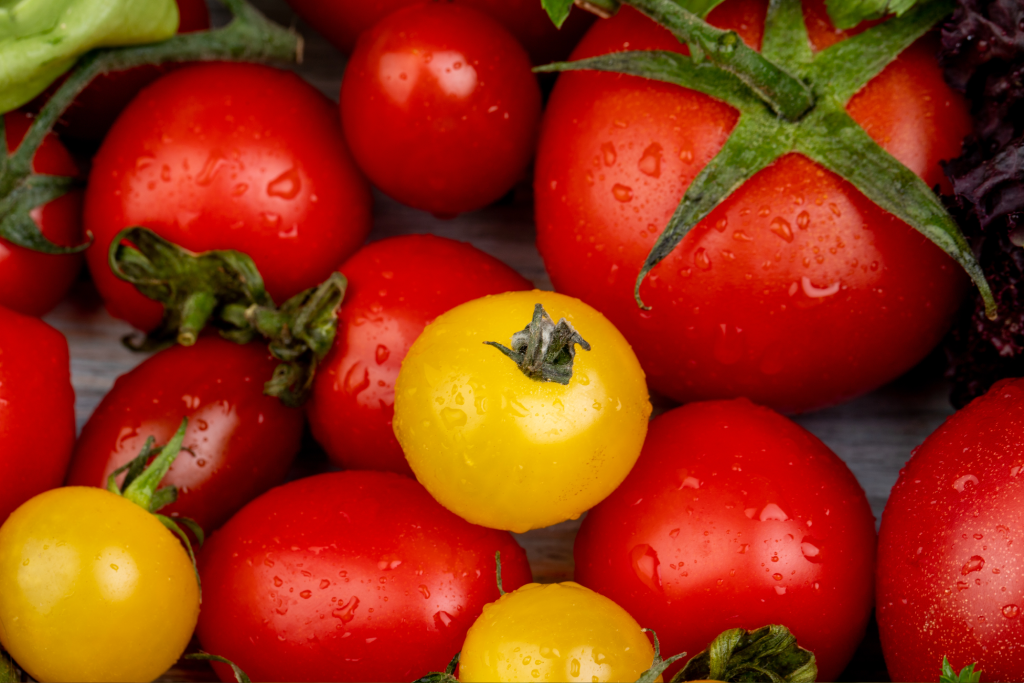A Guide For Tomato Cultivation
Tomatoes are among the most beloved and versatile crops grown worldwide. Whether used fresh in salads, cooked into sauces, or preserved for later use, their flavor and nutritional value make them a kitchen staple. If you’re looking to cultivate tomatoes successfully, here are some essential tips to help you achieve a bountiful harvest.
Selecting Tomato Varieties
Choose tomato varieties that are well-suited to your growing conditions and intended use. Consider factors such as disease resistance, growth habit (determinate or indeterminate), fruit size, and flavor profile. Popular varieties include ‘Roma’ for sauce making, ‘Beefsteak’ for large, juicy fruits, and ‘Cherry’ tomatoes for snacking and salads.

Preparing the Soil
Tomatoes thrive in well-drained, nutrient-rich soil with a slightly acidic pH level between 6.0 and 6.8. Prior to planting, amend the soil with organic matter such as compost or aged manure to improve fertility and soil structure. Ensure proper drainage to prevent waterlogging, which can lead to root rot and other issues.
Planting Tomatoes
Plant tomato seedlings or transplants in a sunny location with at least 6-8 hours of direct sunlight per day. Space plants according to their mature size, typically 18-24 inches apart in rows spaced 3-4 feet apart. Plant seedlings deep, burying the stem up to the first set of true leaves, to encourage strong root development.
Watering and Feeding
Tomatoes require consistent moisture throughout the growing season to prevent issues like blossom end rot and fruit cracking. Water deeply and evenly, providing around 1-2 inches of water per week, depending on weather conditions. Fertilize regularly with a balanced fertilizer or organic amendments to support healthy growth and fruit production.
Support and Pruning
Indeterminate tomato varieties benefit from staking or trellising to support their vining growth habit and keep fruits off the ground. Prune out suckers (side shoots) that form in the leaf axils to encourage airflow and prevent overcrowding, which can lead to disease.

Pest and Disease Management
Monitor plants regularly for signs of pests such as aphids, whiteflies, and hornworms, as well as common diseases like early blight and powdery mildew. Use cultural practices such as crop rotation, mulching, and proper spacing to minimize disease pressure. Consider using organic or integrated pest management techniques to control pests while minimizing environmental impact.
For more in-depth discussions on tomato cultivation techniques, pest and disease management strategies, and the latest advancements in agricultural technology, join the YBAG Tech Forum. Engage with fellow growers, share experiences, and access valuable resources to optimize your tomato growing operation.

